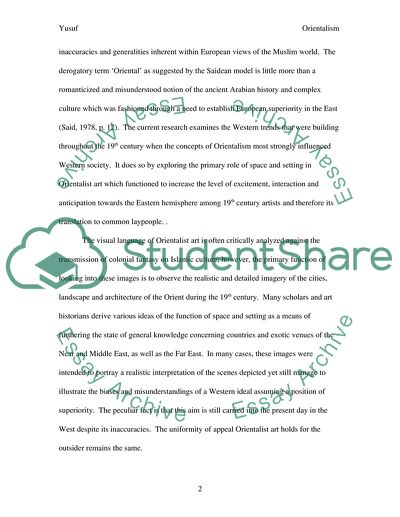Cite this document
(Orientalism and 19th Century Views on Space and Setting Research Paper, n.d.)
Orientalism and 19th Century Views on Space and Setting Research Paper. Retrieved from https://studentshare.org/culture/1731865-orientalism-and-19th-century-views-on-space-and-setting
Orientalism and 19th Century Views on Space and Setting Research Paper. Retrieved from https://studentshare.org/culture/1731865-orientalism-and-19th-century-views-on-space-and-setting
(Orientalism and 19th Century Views on Space and Setting Research Paper)
Orientalism and 19th Century Views on Space and Setting Research Paper. https://studentshare.org/culture/1731865-orientalism-and-19th-century-views-on-space-and-setting.
Orientalism and 19th Century Views on Space and Setting Research Paper. https://studentshare.org/culture/1731865-orientalism-and-19th-century-views-on-space-and-setting.
“Orientalism and 19th Century Views on Space and Setting Research Paper”, n.d. https://studentshare.org/culture/1731865-orientalism-and-19th-century-views-on-space-and-setting.


